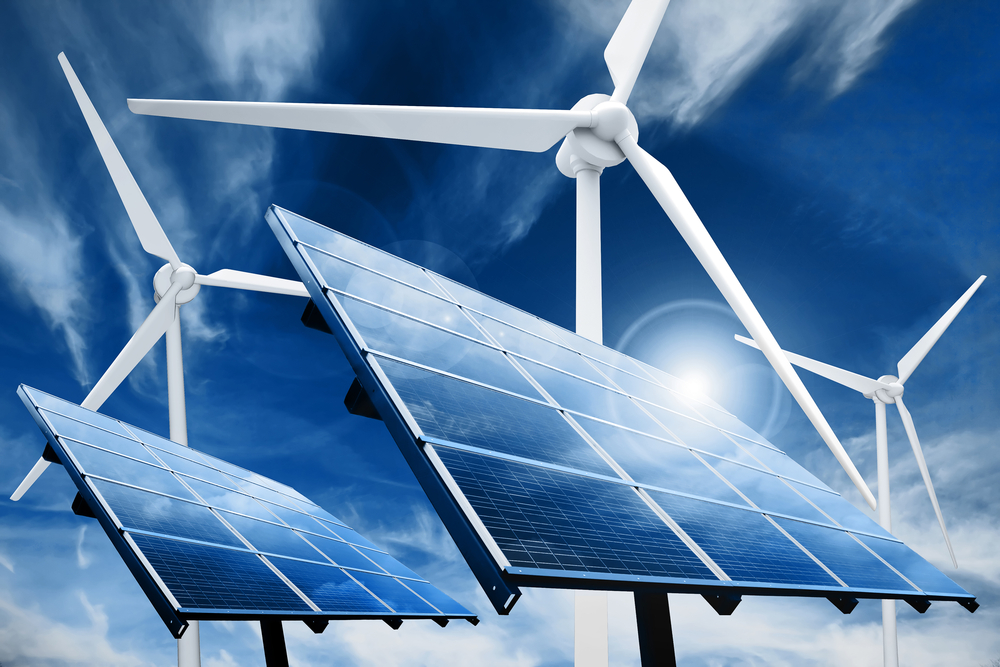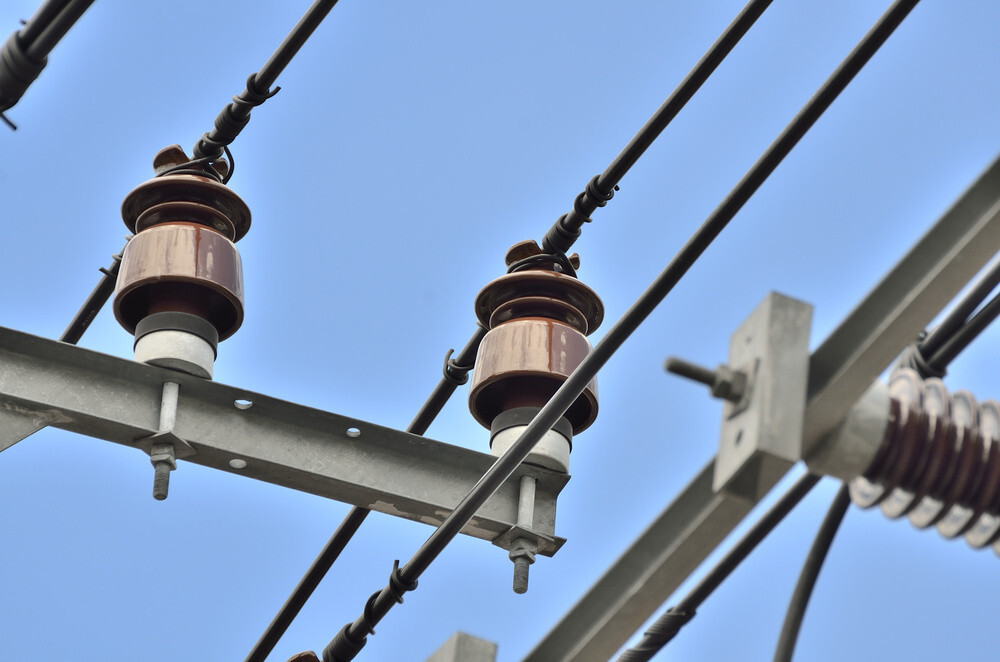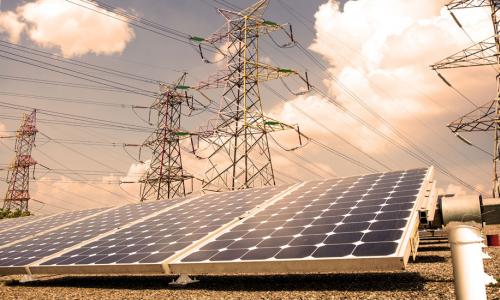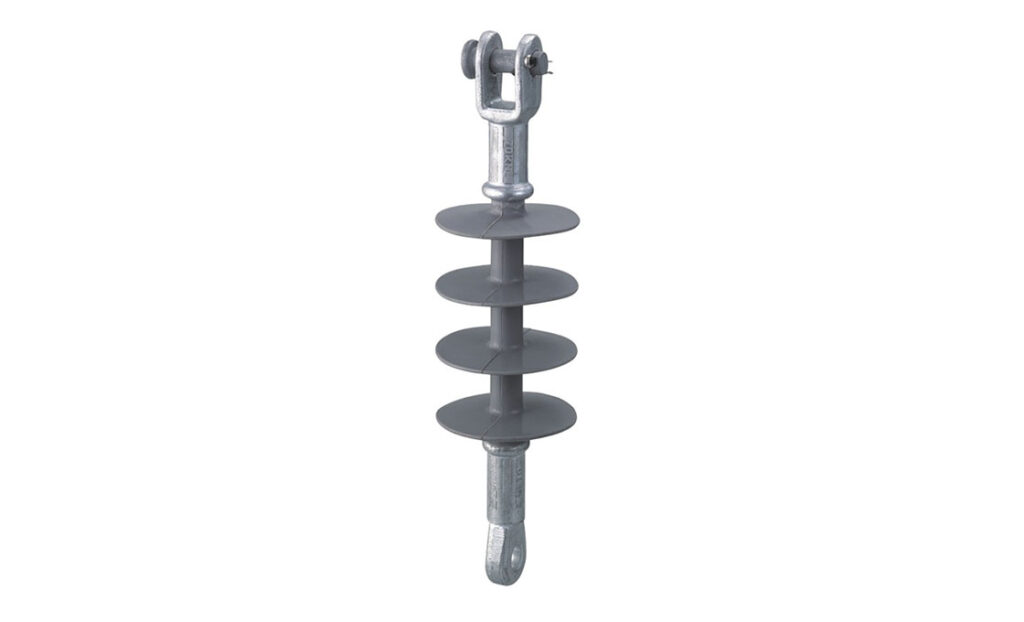- A high-quality pin insulator supports the integration of technologies into renewable energy sources.
- There are several technologies that could transform the production, distribution and consumption of renewable energy.
- Governments have put in place various measures to address the challenges facing renewable energy integration.
Across South America, renewable energy has gained momentum given its abundant natural resources. Regions like the Atacama Desert and the Andes mountain ranges provide resources for solar, wind, and hydroelectric power. With the help of emerging technologies, renewable energy could lead the region towards a cleaner and more sustainable energy future. Despite their promising benefits, renewable energy faces several challenges. Can renewables scale to meet the growing energy demand? How to address the intermittency nature of solar and wind power are all questions that remain. This thus begs for advances and innovations in technologies that could help address these issues. Using the new technologies can help to ensure that renewable energy meets the growing energy demands. A high-quality pin insulator supports the transmission of electricity generated from renewable energy sources like solar and wind power.
A high-quality pin insulator supports power lines, which ensures stability and prevents breakage. The pin insulators also prevent electrical current from flowing to the support structure. This helps to ensure the safety of power lines and reduces the risk of electrical hazards. A high-quality pin insulator has designs to withstand harsh environmental conditions such as wind, rain, and ice loads. It also supports the reliable transmission of electricity from renewable energy sources. This contributes to the integration of renewable energy sources into the main grid. A high-quality pin insulator ensures the safety and reliability of power lines. This contributes to a more sustainable and energy-resilient future. This article highlights the technologies that could transform the renewable energy sector in South America. It also looks at the importance and function of pin insulators in supporting renewable energy integration.
Emerging technologies in renewable energy in South America
There are several new technologies that could impact the energy sector in South America. The region has diverse climates and natural resources that could offer rich potential for clean energy. These technologies support the energy sector, drive economic growth, and attract investments. New and advanced technologies impact energy production, distribution, and consumption. Using high-quality pin insulators in the construction and installation of renewable energy infrastructure supports the efficiency. The following are the new and advanced technologies in South America’s renewable energy sector.

- Advanced solar technologies – countries with large water reserves like Brazil and Argentina can use floating solar to maximize land use. Use of bifacial solar panels can capture sunlight from both sides, which increases solar efficiency. Additionally, perovskites solar cells are cheaper alternatives to traditional silicon panels.
- Smart grids and energy storage – smart grids can optimize energy distribution and reduce losses. Smart grids with AI-driven demand response can balance supply from various renewable energy sources. Battery energy storage systems could help stabilize grids in countries like Argentina, Bolivia, and Chile.
- AI and predictive analysis—AI can improve the efficiency of renewable power plants by forecasting energy production. It can also help in detecting equipment issues early and optimizing operations. AI can analyze data from sensors to predict equipment failures and enable proactive maintenance.
- Green hydrogen production – South America has potential for green hydrogen production from wind and solar energy. For instance, Chile is pursuing green hydrogen projects in the Atacama Desert and coastal winds. Green hydrogen could serve local industries, export, and provide a cleaner energy matrix for industries.
- Enhanced geothermal systems – geothermal has significant potential in countries like Chile, Peru, and Ecuador. Enhanced geothermal systems use high-tech drilling and fluid injections to access geothermal heat. This could expand geothermal capacity in areas without traditional geothermal hot spots.
Functions of a high-quality pin insulator in renewable energy infrastructure
Pin insulators are essential components in supporting renewable energy infrastructure in South America. High-quality pin insulators support high-voltage power lines that send electricity from generation sites to consumption areas. The insulators also ensure reliable and efficient power delivery. A high-quality pin insulator integrates renewable sources like solar from the deserts with the main grid. This serves as the backbone for consistent renewable energy supply in South America. The following are the functions and roles of high-quality pin insulators in the renewable energy sector.

- Electrical insulation – a high-quality pin insulator is able to hold overhead power lines to prevent the current from leaking into the pole. This is important for areas with high humidity, rain, or coastal salt exposure.
- Mechcnical support and stability – the insulators bear the mechanical hold of power lines. This ensures stability in regions prone to strong winds. They help to reduce the chances of outages caused by weather-related disruptions.
- Power loss reduction – pin insulators help reduce power losses by preventing leakage of electricity from conductors. This ensures cost-effectiveness and energy reliability, especially in large transmission projects.
- Environmental resistance— a high-quality pin insulator is essential to avoid degradation in regions with high humidity or heat. Use of advanced materials like composite insulators helps to handle diverse environmental conditions.
- Improving infrastructure lifespan – durable pin insulators enhance the lifespan of transmission infrastructure by preventing frequent breakdowns. This helps to reduce maintenance needs and costs, which is beneficial in South America’s remote areas.
Challenges facing implementation of technologies in South America’s renewable energy sector
Integration of these new technologies in South America’s energy sector has proven to be a challenge. The renewable energy sector faces challenges such as technical, economic, regulatory, and social challenges. These challenges can impact the implementation of advanced technologies in the region. Overcoming these challenges requires coordinated efforts in policy reform, investment in grid and storage infrastructure, community engagement, and workforce training. The region could also share best practices and strengthen renewable energy policies. This is to support a faster and more resilient transition of renewable energy. A high-quality pin insulator supports the weight of the conductor and provides electrical insulation. The following are the challenges facing the implementation of technologies in the renewable energy sector.

- Infrastructure and grid integration – South American countries have aging grids that struggle to integrate renewable sources. Transmitting renewable energy from remote to urban areas is costly and logistically challenging.
- Regulatory and policy barriers—policies around renewable energy vary across the region. There may be inconsistent incentives, subsidies, and long-term support for renewables. This could deter investment and slow technology adoption. Complex permitting processes for solar, wind, and hydro projects delay the installations.
- Lack of technical skills—integration of these technologies requires a specific skill set. A shortage of skilled workers and technicians in renewable energy technologies can slow down project development. Countries like Brazil and Chile have made significant strides in research and development.
- Environmental and social concerns – most projects in sensitive areas face opposition due to concerns over biodiversity loss and deforestation. Some renewable energy projects face resistance from local communities. This is moslty over land use, displacement, and a lack of social benefits.
Measures to address the challenges facing renewable energy integration using high-quality pin insulators
South American governments and industry experts have put in place several measures to address the challenges facing renewable energy integration. These measures span policy reforms, financial incentives, grid modernization projects, and international collaborations. These measures aim to build a more resilient and interconnected renewable energy network. The various measures include policy frameworks, incentives, grid expansion, and energy storage. They also include support for green hydrogen, financing mechanisms, environmental safeguards, research, and development. A high-quality pin insulator plays a crucial role in supporting these measures put in place in South America. They enhance the stability and efficiency of transmission lines. This helps to improve grid resilience, reduce maintenance costs, and support the long-term viability of renewable infrastructure. A high-quality pin insulator contributes to these measures through grid modernization and reducing power losses. They also help lower maintenance costs and supporting cross-border interconnections.

The road ahead
South America has plenty of natural resources that sustain the renewable energy sector in the region. It stands a chance to transform the energy sector as the world shifts from the use of fossil fuels and towards cleaner energy. Use of technologies such as floating solar farms, green hydrogen production, enhanced geothermal systems, smart grids, and battery storage helps reshape the energy landscape. The technologies also unlock the renewable potential in solar, wind, hydro, and biomass in the region.
The integration of these technologies and renewable sources depends on transmission infrastructure. A high-quality pin insulator supports the stable and efficient flow of high-voltage power. They also reduce power losses and they withstand South America’s diverse climates. A high-quality pin insulator helps overcome technical and operation challenges in renewable energy.

Using advanced renewable technologies and reliable transmission infrastructure enables the region to meet its energy goals. It also helps reduce greenhouse gas emissions and build a sustainable interconnected network. TTF Power Systems supports the transition towards cleaner and sustainable energy. This is by providing high-quality pin insulators for renewable energy integration. We are a world-class global provider of high-quality overhead line hardware, transmission hardware, distribution hardware, conductors, insulators, cutout switches, anchoring, and grounding products. Subscribe to our newsletter and view our product catalog for more details on our products.

